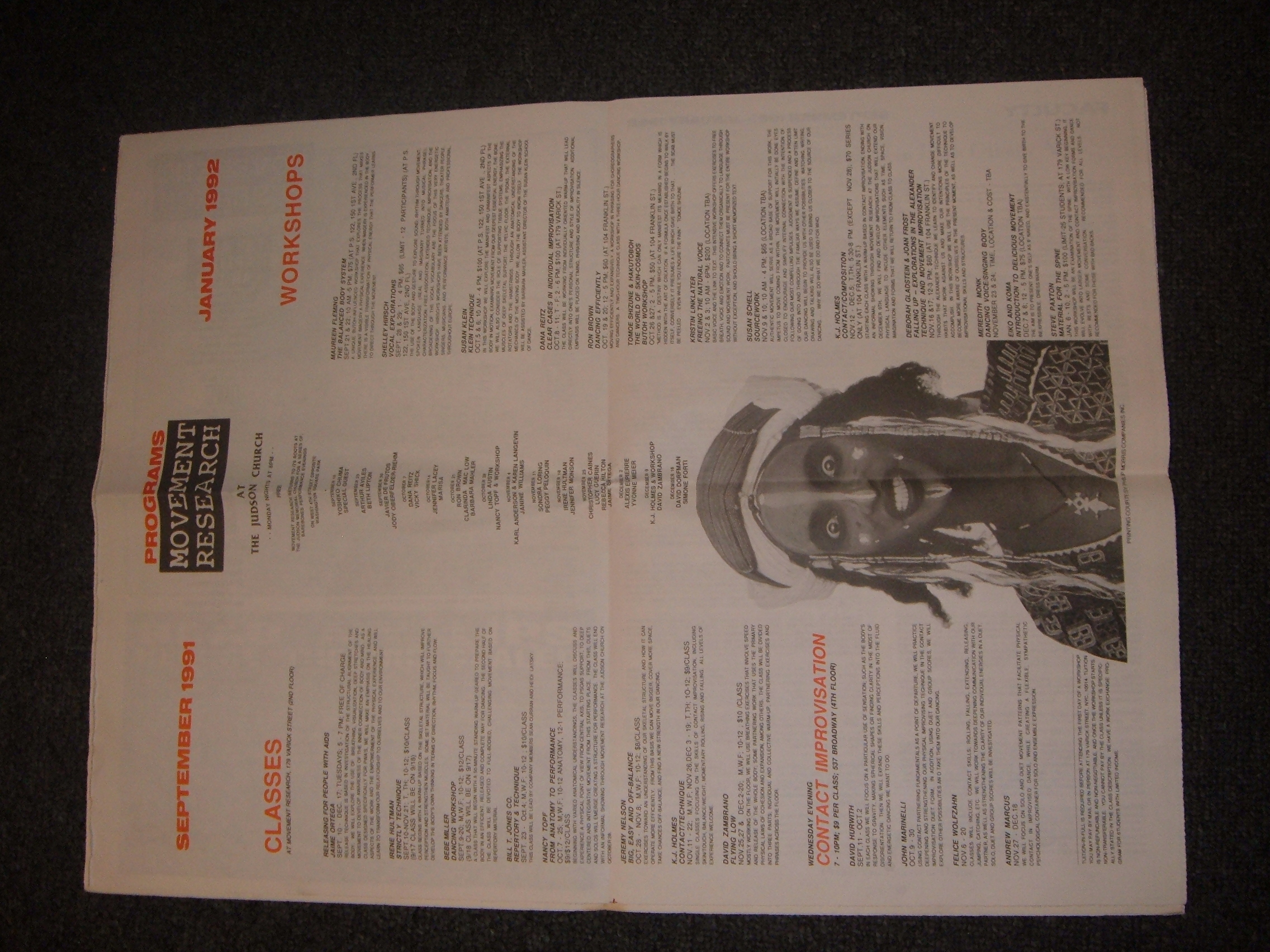Critical Correspondence
- 1 comment
- MRPJ Project
- 10.10.08
MRPJ#3/Gender Performance: Editor’s Note
Editor: Tom Kalin
Ed Gein was a quiet, hard working farmer living in Plainfield, Wisconsin during the late 1950s, a small framed man with a brush cut and a hunting jacket. He tended, with his brother Henry, the 160 acres left them by their mother who died of a stroke in 1945. Henry died shortly after in a forest fire, and Gein became a recluse, permanently sealing off the parlor and bedrooms of the farmhouse. Secluded in the rural farmlands for most of his life, Ed Gein had little contact with women other than his mother and the few women who worked in the local store. When one of these women, Bernice Worden, was found missing in November, 1957, authorities detained and questioned Gein, who had been seen in the store’s vicinity the morning of the disappearance. Searching the farm house, police were shocked to find bracelets made of human skin and four human noses in a cup on the kitchen table. In the shed, used for tanning hide and smoking venison, they found a drum made with human skin, skin from a woman’s torso converted into a vest, soup bowls made from skulls and nine masks made from human heads.
Few readers will fail to recognize the cinematic incarnation of Ed Gein as both Norman Bates in Hitchcock’s Psycho, and, recently, in the character of Jame Gumb in Jonathan Demme’s controversial blockbuster The Silence of the Lambs. Both filmmakers exercised considerable liberty in re-reading this profoundly disturbing criminal case. Hitchcock elegantly condensed the tabula rasa of Freudian psychoanalysis into a misogynist suspense thriller complete with an eroticized pale blonde victim. Demme also flirts with the unruly criminal unconscious, arguably attempting to de-eroticize violence in the process. Critical debate regarding the film has been widely divergent; the discussion ranges far beyond my focus here. One reading of the film views the woman FBI agent played by Jodie Foster as the inscription of an empowered feminism, a woman framed by patriarchal culture who, through reason and a lack of hysteria, succeeds in revenging the serial killer and freeing his amusingly foul-mouthed captive. Another reading refuses the significance of this genre intervention and objects to the faggy trappings assigned the killer, blaming Demme with reckless homophobia, wilfully misinformed cliché regarding transexuality and transvestism and complicity in anti-lesbian and gay violence. The grossly cartooned (and rather unconvincing) Jame Gumb character, after all, swishes about in a flesh caftan, pierced nipple and lipstick, shimmying to a disco ball while clutching his white poodle Precious, intoning “fuck me fuck me fuck me.”
Personally, my frustration with The Silence of the Lambs resides in its refusal and inability to deal with the central unconscious mystery of the Ed Gein case upon which it is so loosely based. Ed Gein was not involved with dominant stereotypes of queenery or muddled notions of gay sexual identity. I believe his attempts at gender transgression reflected a crazed expression of the explosive and contradictory impulses which reverberate acrossand between aspects of an embattled identity. By marking the space of his body with sadistic, stolen “trophies”, Gein was temporarily able, however horribly, to physically assume the social codes and gestures of another gender. Yet his deranged masquerade fails because gender is not essential or innate; as theorist Judith Butler asserts, “Gender is a kind of imitation for which there is no original.” She goes on to argue, “If gender is drag, and if it is an imitation which regularly promotes the ideal it attempts to approximate, then gender is a performance that produces the illusion of an inner sex or essence or psychic core; it produces on the skin, through the gesture, the move the gait (that array of corporeal theatrics understood as gender presentation), the illusion of inner depth.” Gein’s cruel parody chases the mirage of “real” gender; his violent acts remain paradoxical because gender presentation is itself an imitation, a ruse.
Regardless of your interest (or lack thereof) in this riddle of gender identity and violence, the polarized debate around Demme’s film points to a critical space in contemporary cultural work. We’ve all been mercilessly flogged with reactionary notions of the instrumentality of representation – you know, a Mapplethorpe photograph will make you a pederast, The Silence of the Lambs directly leads to anti-queer violence, watching Holly Hughes will make you a lesbian, blah blah blah blah. Identities and personal choices are consituted within a complex framework of impulses and influences; if, as the “right” attests, representations of queer sexuality or gender confusion will make you a drag queen, dyke or faggot, we’d be a world teeming with such divine converts. (O that it were so easy.) Such representations, however, merely offer what John Kelly calls “navigational options”, the works collected in this issue represent a sampling of such options, a fragment of the multiple possibilities for living in the world as we know it.
This Journal takes as its point of departure a vision of troubled gender, of gender disarray (if you will) as it is mapped out in contemporary visual and written work. Rigid cultural assumptions about sexuality and gender are under attack in both dominant and emergent culture, reflecting the war that continues to be waged over control and surveillance of the individual and collective body. Both pop cultural expressions and much recent art work debates and challenges unified notions of identity as they are based in gender, class, race and sexuality (to recite the well worn mantra). This challenging collection of work invites an expanded consideration of both “gender” and “performance”, spotlighting, among other things, the artifice of “normality” and the seriousness of affectation.
A version of this paper was given at the 1991 NAAO Conference.
Tom Kalin




post a comment ›